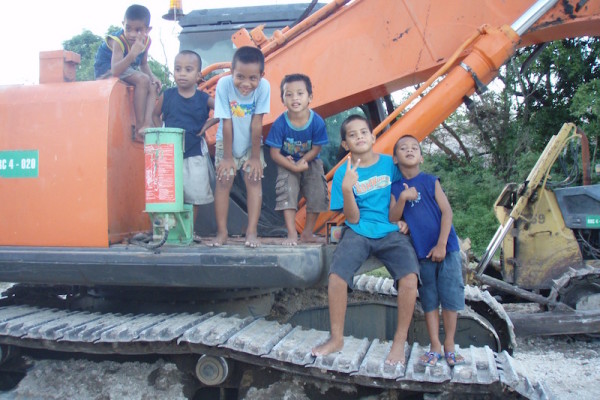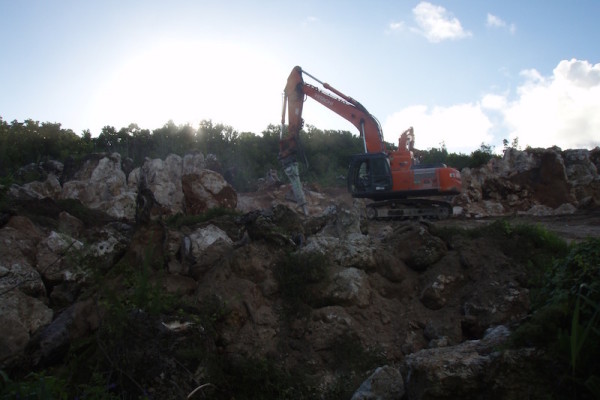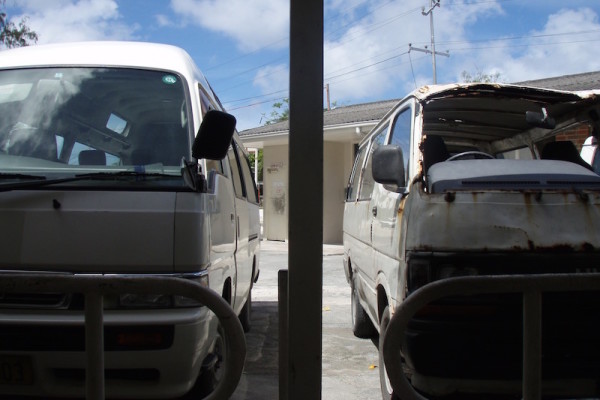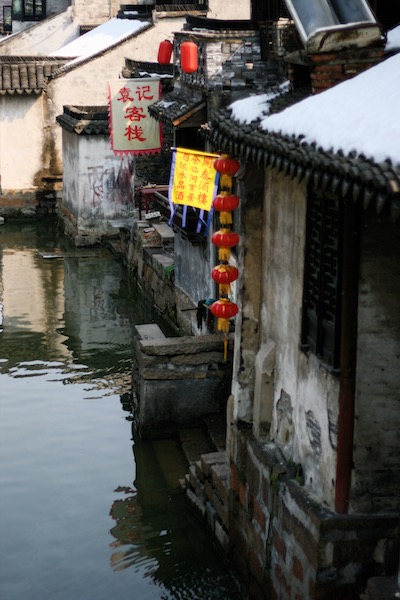Infrastructure is the fourth stop on the development road and a key element to the development process, facilitating the transportation of the materials and resources necessary for the changes to take place. At the infrastructure station, we will consider the impacts of these fundamental, long-term changes.
Infrastructure provides a powerful ability for resources to flow more freely- both in and out of countries, communities and families. While not limited to modern development forces, infrastructure developments- road construction and paving, the installation of water and electric systems- and the organizations to run them, are the subjects of stark “before and after” observations. Change occurs rapidly, with the access provided by infrastructure essentially fast-forwarding the processes of development and integration into the market economy. While the benefits of quick access to amenities enrich lives, this access has been noted to increase dissatisfaction and negatively affect self-reports of wellness (Izquierdo 2005). Infrastructure projects are large-scale undertakings and often communities and individuals feel that the government only chooses to go ahead with such work if it benefits them at the top tier. For example, natural resource extraction facilitated by improved roads is thought to benefit the company owners and government officials but provide little in the way of resources for communities (Baines 2012). If there is no top tier benefit, the role of providing electricity to village schools via solar panels, for example, can fall to NGOs and volunteers. As developments allow often abundant resources to become rapidly depleted, communities are often left without the resources themselves or adequate compensation. The elected officials who facilitate and monitor infrastructure developments are often the objects of dissatisfaction- management is complex and multi-faceted. There are communities that take control of their infrastructure development to protect the social and environmental integrity. Ultimately, the physical connections facilitated through the development of systems and their regulating bodies will likely provide the movement of people, resources and ideas- both beneficial and detrimental. Which category these fall into is different for each individual.
Considerations
- Describe the history / trajectory of changes in your community related to infrastructure- roads built or modified, electricity or water services provided, etc.
- How are changes in infrastructure discussed in the community and what benefits have these changes brought in terms of community-perceived need?
- Who facilitated these infrastructure changes? Who financed them?
- What negative repercussions have resulted from these changes?

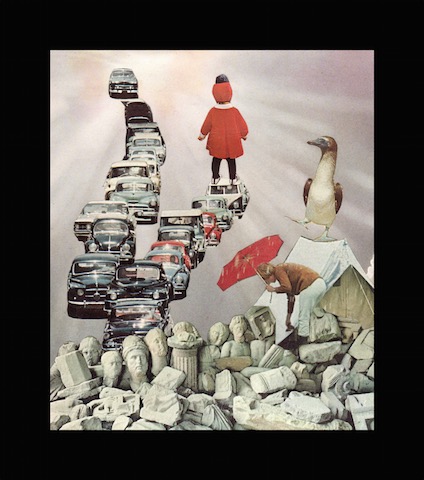
Artwork by Nick Paliughi
This is an ongoing project and a continuous conversation. Please add your voice by joining the discussion at the end of this page and/or recording your contribution and contacting us to have your submission added to the installation.
Share this:
- Click to print (Opens in new window)
- Click to email a link to a friend (Opens in new window)
- Click to share on Facebook (Opens in new window)
- Click to share on Twitter (Opens in new window)
- Click to share on LinkedIn (Opens in new window)
- Click to share on Pinterest (Opens in new window)
- Click to share on Tumblr (Opens in new window)
- Click to share on Reddit (Opens in new window)
- Click to share on Pocket (Opens in new window)
